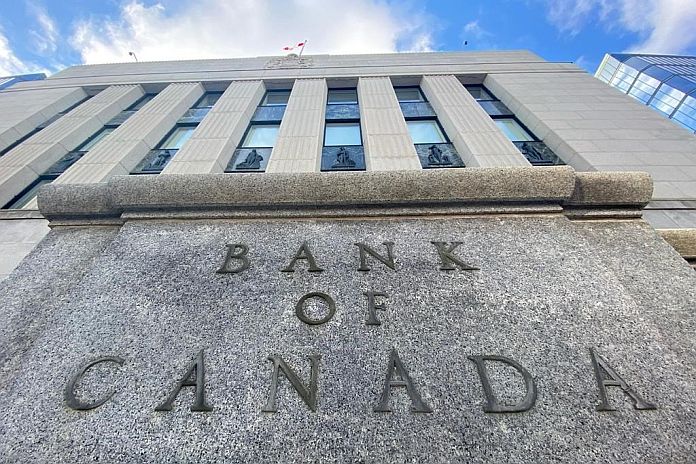By BDC
MONTREAL, Canada – In the spring of 2020, the Bank of Canada joined other central banks in cutting its key interest rate, bringing it down to a low of 0.25 percent. The bank also proceeded with massive asset purchases to inject money into the economy to support credit markets and sustain growth during the pandemic.
To date, the Canadian central bank’s monetary policy has remained very accommodative. Of course, this stimulus will eventually have to be withdrawn. The question is not whether Canadian monetary policy will tighten, but when.
What could push interest rates up?
When the economy is operating at full capacity, there is a risk that inflation will rise above the level the Bank of Canada considers healthy for the economy—its so-called target range. Monetary stimulus (in the form of low rates) is then no longer needed to stimulate growth.
Recently, inflation has become a concern for many households and businesses. Inflation as measured by the consumer price index (CPI) rose above the bank’s target range in April and May. The bank aims to keep the CPI at 2 percent, the midpoint of a 1 percent to 3 percent range. The CPI rose to 3.4 percent in April and 3.6 percent in May. Excluding volatile gasoline prices, it would have been about 1.9 and 2.5 percent respectively.
Inflationary pressures are being felt in the country amid high demand and supply chain bottlenecks as health restrictions are eased and the economy reopens.
Much of the higher inflation is caused by temporary effects. These include the base effect and a lag in adjustment of supply and demand to the reopening of the economy.
The Bank of Canada’s latest consumer outlook survey indicates medium-term inflation expectations remain anchored. So, inflation alone does not seem to be a sufficient reason for the bank to raise its policy rate over the next 12 months.
On the other hand, the Canadian economy has proven resilient in the face of the second and third waves of COVID-19. Bank Governor Tiff Macklem has said rate tightening could begin as early as mid-2022, earlier than previously planned.
The strength of the economy will likely improve further this summer, thanks to successful vaccination campaigns and the reopening of provincial economies. For this reason, we expect Canadian monetary policy to be reviewed in the coming months without any immediate movement in the policy rate.
Towards the end of quantitative easing
In the spring of 2020, the Bank of Canada decided to stimulate the economy furthermore, through asset purchases. By increasing the amount of money circulating in the economy, it helped lower long-term interest rates, which reduced the cost of borrowing for households and businesses and thus stimulated growth.
The bank announced its first reduction in its asset purchase program at the end of April—from $4 billion to $3 billion per week, a sign the economic outlook is improving in Canada. The bank is expected to discontinue the program by the end of the year, removing downward pressure on rates from the central bank. So, even without a rate hike, the Bank of Canada will be tightening credit conditions this year.
How high can rates go?
Effective interest rates in Canada were still very low at the end of June at 2.6 percent for households and 2.3 percent for businesses. Although rates are expected to rise, increases will not be immediate and will be gradual when they start.
Like other central banks, the Bank of Canada is trying to guide the economy to a sustainable pace of growth where neither stimulus nor restraint is needed.
A sustainable or neutral level would mean a policy rate between 1.75 and 2.75 percent in Canada. Today, the Bank of Canada’s policy rate is 0.25 percent. This means the policy rate would have to increase by 1.5 percentage points to reach the minimum neutral rate estimated by the bank.
Over the past few years, the bank has raised rates in increments of 25 basis points (0.25%). Of course, this is not a rule that the bank has to follow, but unless the economy spirals out of control, which is unlikely, it would be surprising if rates were to rise more quickly.
Businesses can expect gradual increases in effective interest rates, but these should not exceed the conditions that prevailed before the pandemic, around 3.5 percent. It will take several months, if not years, to reach that level.
Thus, we will continue to be in a low-interest environment for several more months, but the trend is upward. Companies should consider taking advantage of current rates to finance their projects before they begin to rise.
Source: BDC





